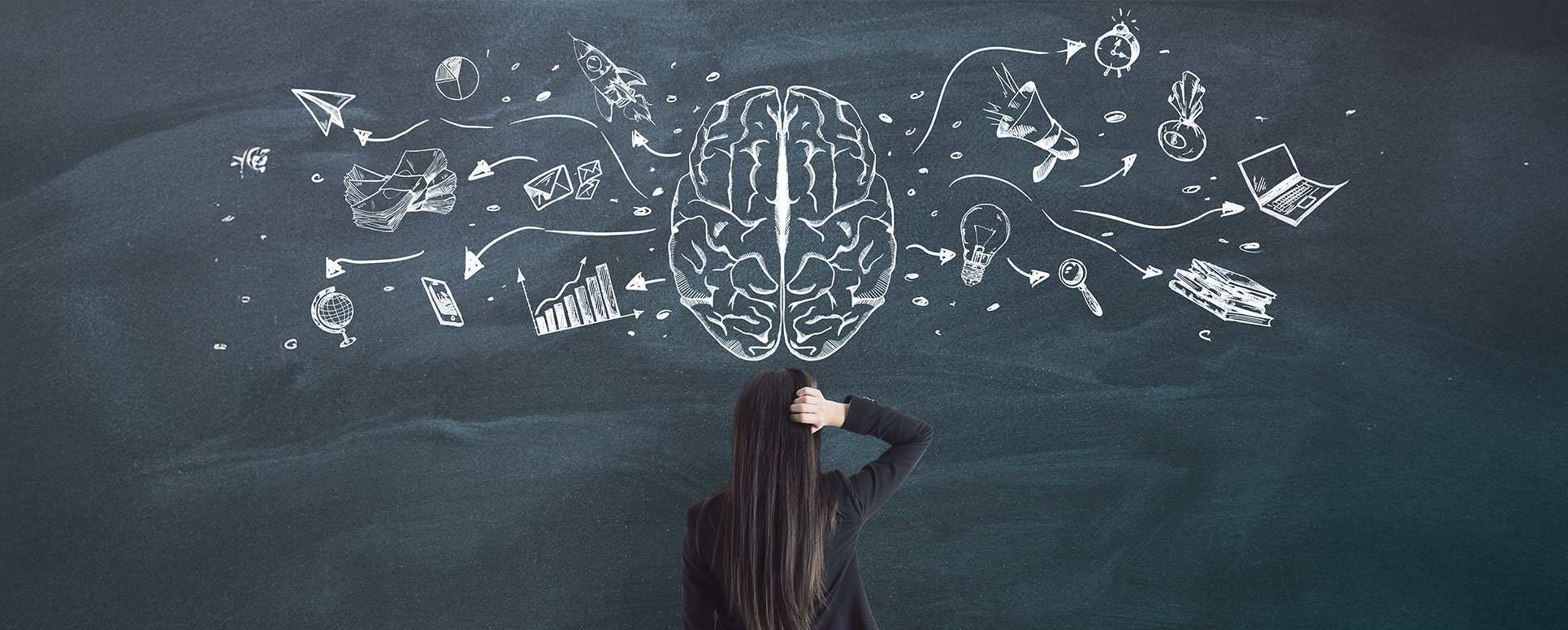
The Flow State and Brain Games
Ever been so focused you lost track of time? That's the "Flow State," an optimal state for peak mental performance, achieved when a task's challenge perfectly matches your skill level. This article explores the science behind flow and how it puts your brain into its most efficient mode for learning. Discover how you can trigger this powerful state with Witmina’s adaptive brain games, which personalize difficulty to help you enhance your cognitive abilities in a deeply satisfying way.
What is the "Flow State"? How to Use Brain Games to Elevate Your Mental Performance to Its Peak
Have you ever been so immersed in a task that you lost track of time, disconnected from the world around you, and focused solely on what you were doing? If you're an athlete, an artist, or a programmer, you know this feeling well. This state of deep focus and satisfaction was defined by Mihaly Csikszentmihalyi, one of the founders of positive psychology, as "Flow."
Flow is an optimal state of consciousness that occurs when there is a perfect balance between the difficulty of an activity and an individual's skill level. The task should be neither too easy (which leads to boredom) nor too difficult (which leads to anxiety). When this balance is struck, the brain operates at full capacity, learning accelerates, and performance peaks. So, how can we trigger this powerful mental state through brain games and use it to enhance our cognitive abilities?
The Science Behind the Flow State
What happens in the brain during a state of flow? Neuroscience studies show that the activity in certain parts of the brain's prefrontal cortex temporarily decreases. This phenomenon, known as "transient hypofrontality," means that our self-criticism and inner voice are quieted. This allows our attention to remain undivided, our resources to be fully directed to the task at hand, and enables us to make more creative, instinctive decisions.
Simultaneously, the release of neurotransmitters like dopamine in the brain increases. These chemicals reinforce focus, motivation, and learning. In short, the flow state is like a "magic key" that puts our brain into its most efficient mode for learning and performance.
Witmina and Flow: Striking the Perfect Balance
The most crucial condition for entering a flow state is that the task's difficulty matches your abilities. This is where Witmina's adaptive learning algorithm plays a critical role.
- Personalized Difficulty: As you succeed in the games, Witmina gradually increases their difficulty. This prevents boredom and constantly keeps you just outside your comfort zone. If you start to struggle, the system adjusts the difficulty back to your skill level, preventing you from becoming anxious.
- Clear Goals and Instant Feedback: Each game has a clear objective, and you receive immediate feedback on your performance. According to Csikszentmihalyi, these two elements are fundamental requirements for entering flow. You know what you need to do, and you instantly see how you are doing. This cycle helps you maintain focus and stay in flow.
That feeling of joy and concentration you experience when you break your own records in a Witmina game is the essence of the flow state. It's not just a "game"; it's a mental workout where you are operating your brain at peak efficiency and expanding your cognitive boundaries.
Conclusion: Let Your Performance Flow
The flow state is not just a fleeting moment of pleasure; it is one of the most effective ways to develop skills and learn. With the right tools, like Witmina, you can consciously trigger this powerful mental state. By finding that sweet spot between challenge and skill, you can maximize your mental potential and transform brain training from a mundane task into a deeply satisfying experience.
Bibliography:
- Csikszentmihalyi, M. (1990). Flow: The Psychology of Optimal Experience. Harper & Row.
- Dietrich, A. (2004). Neurocognitive mechanisms underlying the experience of flow. Consciousness and Cognition, 13(4), 746-761.
Klasen, M., Weber, R., Kircher, T. T., Kenkel, K. A., & Mathiak, K. (2012). Neural contributions to flow experience during video game playing. Social Cognitive and Affective Neuroscience, 7(4), 485-495.

